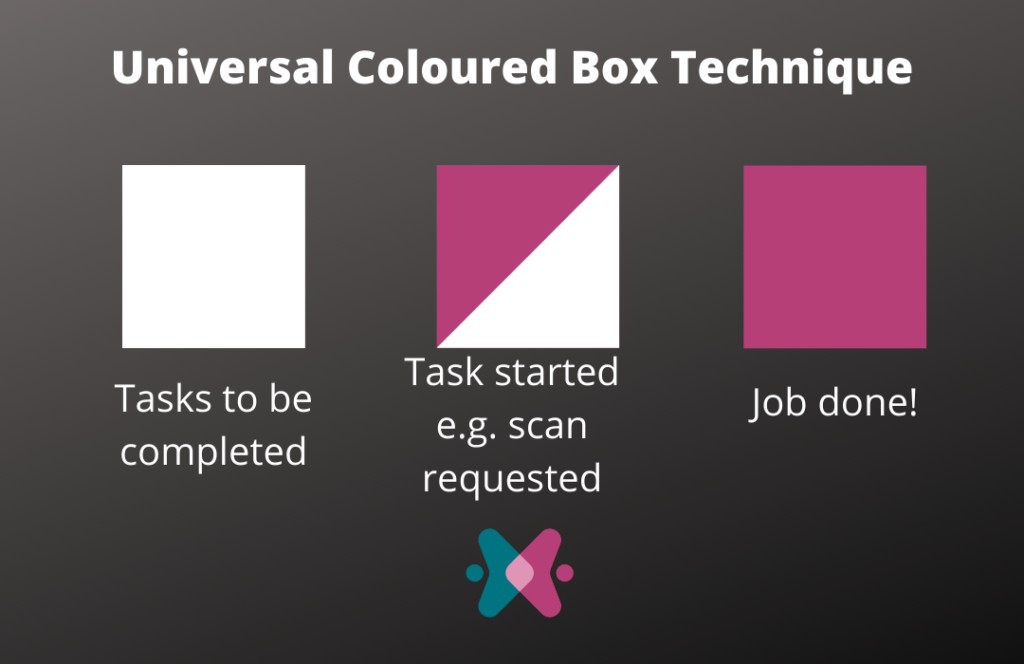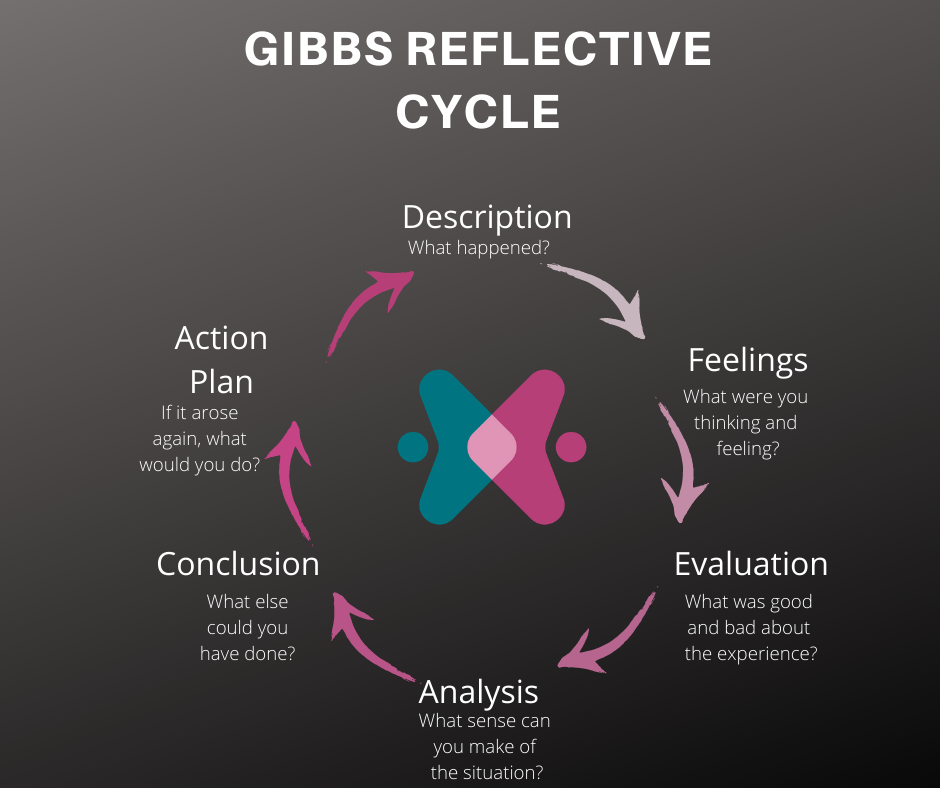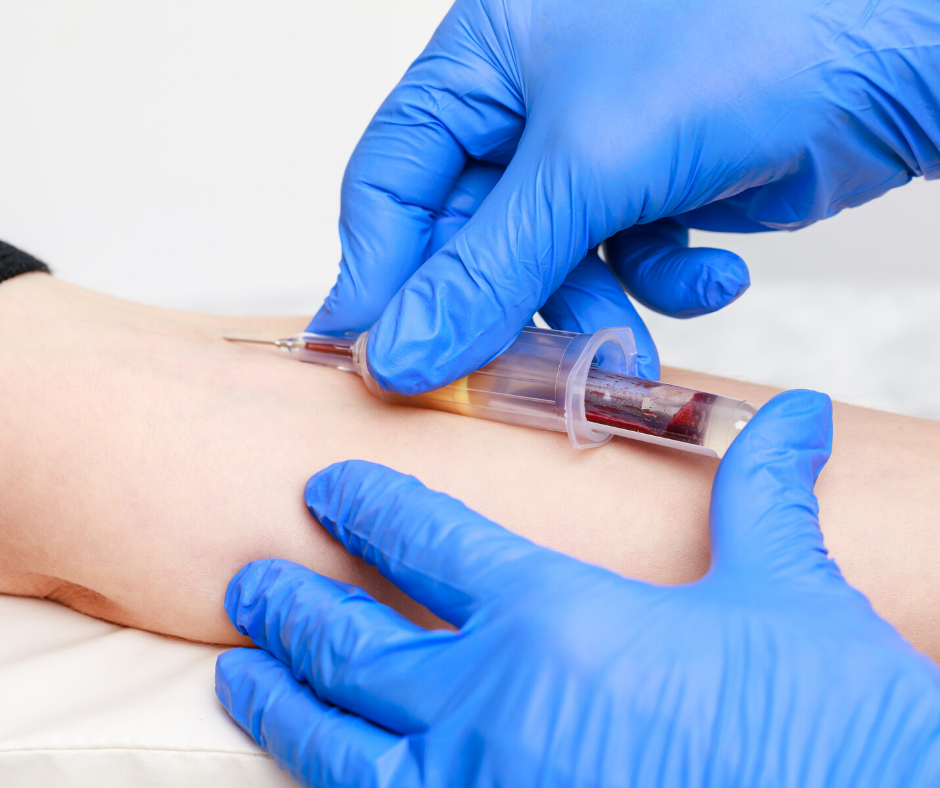The FY1 Doctor Survival Guide: Top Tips for New Junior Doctors
Our FY1 doctor survival guide aims to provide you with all the tips, tricks and secrets on how to have a successful year as a newly qualified FY1 doctor.

I hope that this FY1 doctor survival guide gives you not only an insight into life as an FY1 but also some reassurance about how to approach your new career as a fully fledged doctor. My top tips on how to have a successful FY1 year will be revealed below (tips I wish I knew at the beginning of my doctoring career).
I have been a FY1 doctor for just over ten months now so I have been in the position of being that new doctor who joins the team on a “Black Wednesday”.
It may seem like a daunting experience, particularly this year. Due to Covid-19, some final year medical students have graduated early in order to commence their junior doctor years earlier than expected. I would like to thank them all for their hard work so far – they have literally been thrown into the deep end!

The FY1 doctor survival guide
1. Be organised
Even though this may sound obvious, it is super important! As the FY1 doctor on the ward, it’s your job to know the patients. Keep a list of patients’ backgrounds and pending results. Have a separate column for jobs that need to be done, so that you can easily write in tasks.

Using the universal coloured box technique seems to work well:
- an empty box would indicate a task still needs to be done
- a line through the box would convey it has been requested
- a coloured in box means the job has been completed!
Not only does this ensure jobs are done, it is highly rewarding when you can colour in all the boxes by the end of the shift!
2. Prioritisation
The art of prioritisation goes hand in hand with being organised. Unwell patients are always the top priority. You will constantly be asked to do discharge summaries and it often feels they are never ending! Discharge summaries should be one of your top priorities. If beds are being blocked because one hasn’t been discharged in a timely manner then other people’s care will be compromised.
As a FY1 doctor, you will be asked to refer or discuss a patient with a different specialty. Unless you need to speak to them urgently, this can be done after unwell patients have been seen and the discharge summaries completed. However, if you require the specialty to review the patient on the same day, you will want to do the referral in the morning so that the other team has sufficient time to be able to see the patient.
3. If in doubt – ask!
No question is a silly question! If you are unsure on why you are requesting a certain scan – always ask during the ward round. Not only will this ensure your request does not get rejected but you will also learn this way. It is so important to know why you are doing something as this makes it easier for others to understand why you have requested a particular scan or put in a particular referral to another specialty. If you’re ever unsure about anything, ask for help.
As a soon to be FY2 doctor, I would much rather you ask me a seemingly stupid question than risk making a mistake.

4. Take pride in your work
You may feel that you are “just a FY1 doctor” but your role is extremely important. You are the clinician that is based on the ward all day and knows the patients well. Your role has a lot of responsibility. Patients and their families place a huge amount of trust in you—take the time to talk to them. For me, this is the most rewarding part of the job.

5. Reflect on your experiences

The experiences we face make us become better doctors. I tend to reflect on each day just before bed and think about what went well that day, and what I feel I could improve on. Some of my colleagues also share their experiences on social media (it is important to not include any patient details to maintain confidentiality). You will find yourself in difficult situations and it is crucial to learn from each one of them. Reflections also play a key part for your e-portfolio. I tend to use Gibbs’ reflective cycle to help me reflect on particular experiences.
6. Keep your e-portfolio up to date
This FY1 doctor survival guide would not be complete without mentioning the dreaded Horus e-portfolio! I promise, it really is not that bad! The guidelines could also change as it did for me due to Covid-19. Keep an eye on the UK Foundation Programme website for up-to-date information.
There is nothing worse than trying to upload the evidence of all the wonderful things you have done throughout the year at the last minute! If there is no proof of you completing something on the portfolio then essentially you have not done it!
The portfolio is the crucial factor that decides if you pass through FY1 or not. If you feel you have any issues then you can always discuss this with your educational or clinical supervisor.
Below, is an outline of the main concepts of the e-portfolio:
The curriculum as a FY1 doctor
There are 20 foundation programme training ‘outcomes’ to be achieved as a FY1 doctor. These are termed ‘foundation professional capabilities’ (FPCs).

Within the e-portfolio foundation doctors must provide evidence of how their achievements related to each FPC meet the expected minimum standard of performance for their year of foundation training. This is done by mapping relevant portfolio content to each FPC. Look out for the “use as evidence” link by each completed form.
Please click here for further information.
TABS
Send out Team Assessment of Behaviours (TABS) forms early as people can take a while to get back to you. You will require a minimum of 10 assessors including at least four senior assessors comprising consultants / trained GPs and senior nurses. The named clinical supervisor would normally be one of the assessors.

Supervised Learning Events

You need to be proactive when it comes to Case Based Discussions (CBDs), Mini Clinical Evaluation Exercise (mini-CEXs) and Direct Observation of Procedural Skills (DOPS). These are known as supervised learning events. The current requirements are at least six CBDs over the FY1 year. You need a minimum of 9 mini-CEXs and DOPS; at least 6 must be mini-CEXs. If you have clerked a patient, use this opportunity to discuss the case with a senior so you can use it as a CBD. Mini-CEXs can easily be done during the ward round as long as you discuss it with the senior doctor in advance.
Core Procedures
There are 15 core procedures that also need to be completed during the FY1 year. These are all procedures most final year medical students should have completed. For example, venepuncture, cannulation, catheterisation etc. You will be able to see the full list on your e-portfolio.


Teaching hours
You will get protected teaching time once a week so you can attend the teaching – make sure you go! You need to attend a minimum of 60 hours to pass FY1. At least 30 hours must be core foundation teaching. These hours will need to be logged onto the e-portfolio. These sessions also help consolidate your knowledge.
Mandatory courses
Ensure you book onto the mandatory courses ASAP so you can apply for study leave. Your foundation programme coordinator at your trust will be able to provide you with the dates of the courses when you start FY1.


Mandatory meetings
You will have an educational and a clinical supervisor that you will need to meet over the course of the FY1 year. When you login to Horus, it will inform you of the mandated meets. Please note, you can also arrange any further meetings if there are issues you would like to discuss. The educational supervisor remains the same throughout the FY1 year but the clinical supervisor will change for each rotation.
7. Sort out annual leave ASAP
You will usually need to provide at least 6 weeks’ notice to ensure your leave can be guaranteed. The earlier you apply for your annual leave, the more likely you are to get it. You are entitled to 9 days of annual leave per rotation. If you work on a bank holiday you receive a day back in lieu.
8. Download some apps
There are a couple of apps I use on a daily basis and I would highly recommend you check them out! This is an essential part of the FY1 doctor survival guide.
- MDCalc has various scoring systems and algorithms that you use throughout your career – creatinine clearance, Wells’ criteria and many more.
- Induction is like having switchboard on your phone! This app allows you to select on the hospital you work at and provides you with almost all the extension numbers of the hospital. You can search in the directory and even create a list of your favourites so they are easy to access. You will often find that precious minutes of your day are wasted if you wait for switchboard!
- BNF app is a classic. If you quickly need to check a dose of a certain medication on ward round then this app is great! You will be able to find doses, contraindications and side effects of particular medications in seconds!

9. Get to know everyone
Make friends with everyone! I mean everyone – from the porters to the radiographers. Knowing as many people as possible will make your days as a doctor so much more enjoyable, as well as prove very useful! At the end of the day we all have the same goal in mind – the care of patients is our priority and patient safety is paramount.
10. Look after yourself
Enjoy your days off—try new hobbies, travel, keep active and have fun. FY1 may be your only year where you do not have to worry about studying for exams. Your own health needs to be prioritised; it’s a tiring job, both physically and mentally, and you will inevitably have highs and lows. Identify a trusted friend or colleague for sharing your good and bad days. Remember, you are not alone and there is always someone who will be able to help.
Take a break. Ensure the nurses know how to get hold of you for urgent matters when you go for your breaks. Make sure you grab something to eat and invest in a water bottle!

At the start it feels as if work consumes every waking (and sleeping) minute. There have been occasions where I have actually dreamt I was at work! It is super important to at least try to switch off and keep in touch with family and friends.
Have a read of You Can’t Pour From An Empty Cup: Permission to Take Care of Ourselves for further information on the importance of taking care of yourself.
Good luck!
Transitioning from medical school to being a doctor may seem like quite a big jump! Five hard years at medical school unfortunately will not prepare you for every scenario you face as a FY1 doctor. However, the good news is that the skills and mindset you develop over time will build your resilience and enable you to better tolerate the uncertainty.
Week by week I have felt myself becoming a more competent and confident doctor. Overall, I have been very well supported by seniors throughout. As year one draws to a close, I look ahead to year two with much enthusiasm.
I hope our FY1 doctor survival guide has provided you with some reassurance that you can do this!
Divya Varsani
Latest posts by Divya Varsani (see all)
- Night shifts as a Junior Doctor: Survival guide - 15th August 2021
- The FY1 Doctor Survival Guide: Top Tips for New Junior Doctors - 27th June 2020
